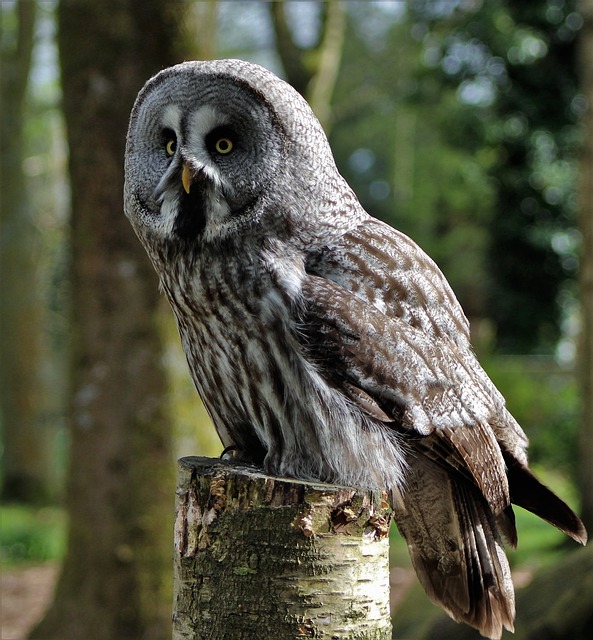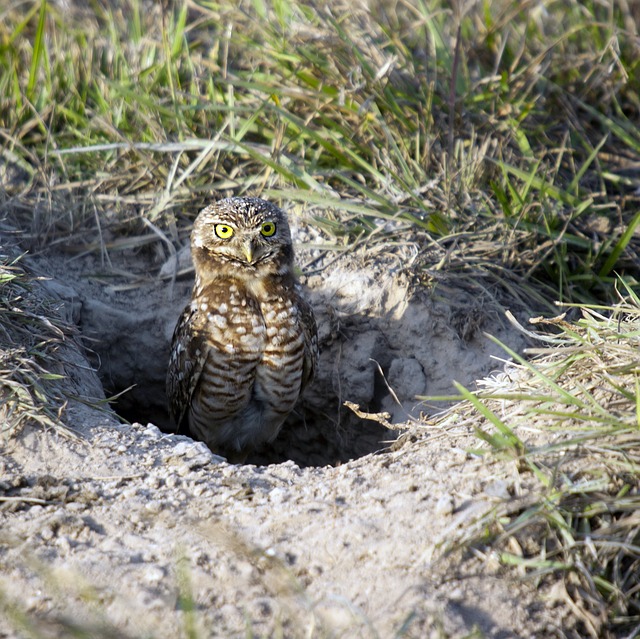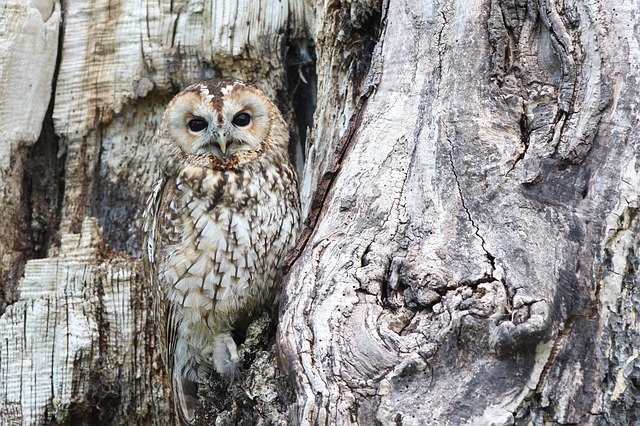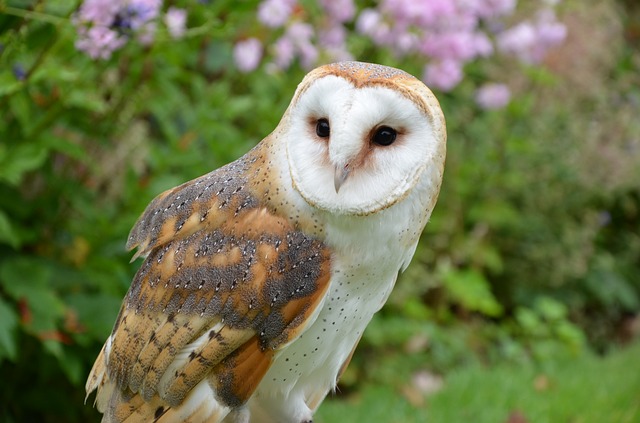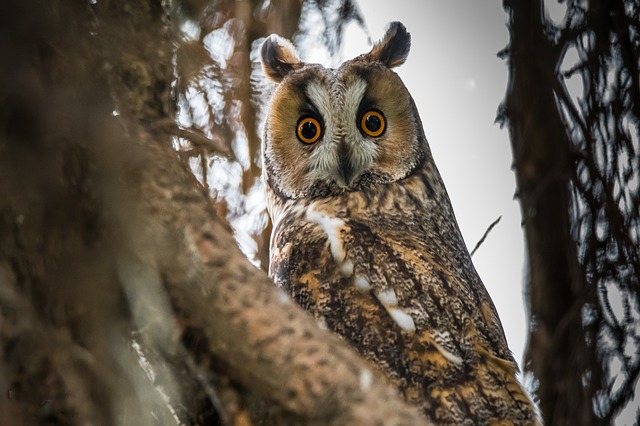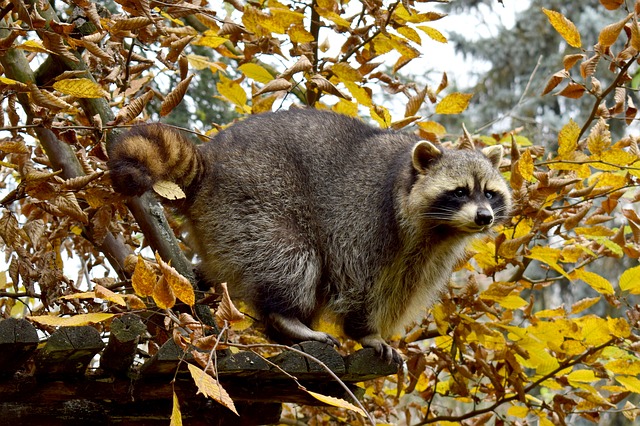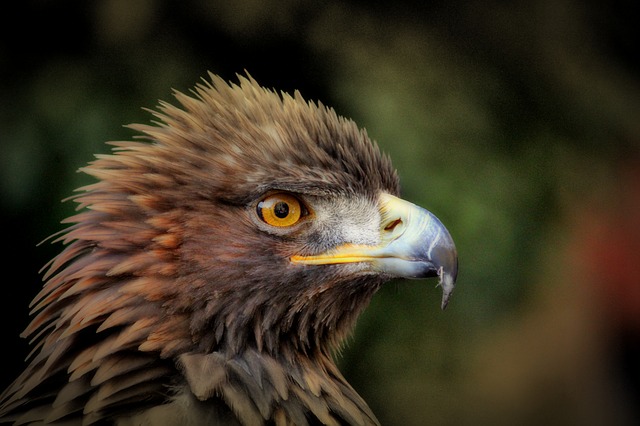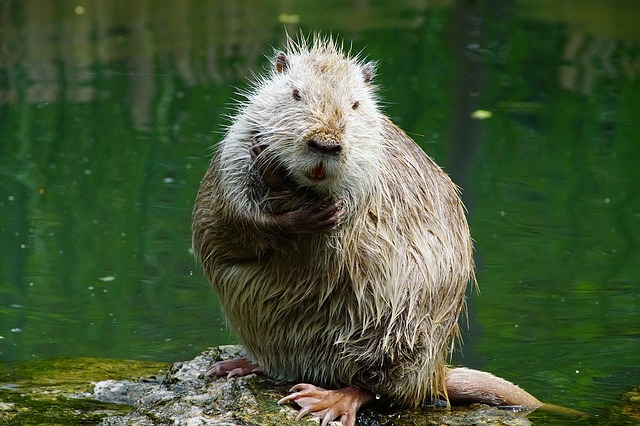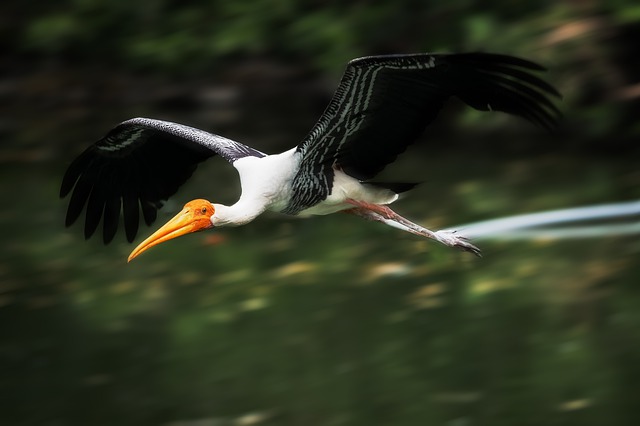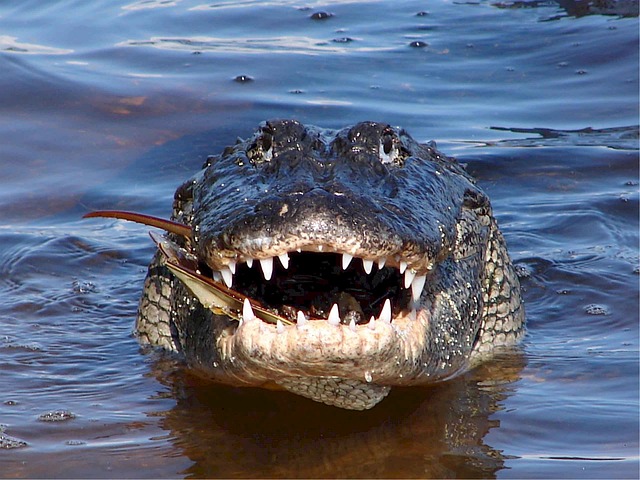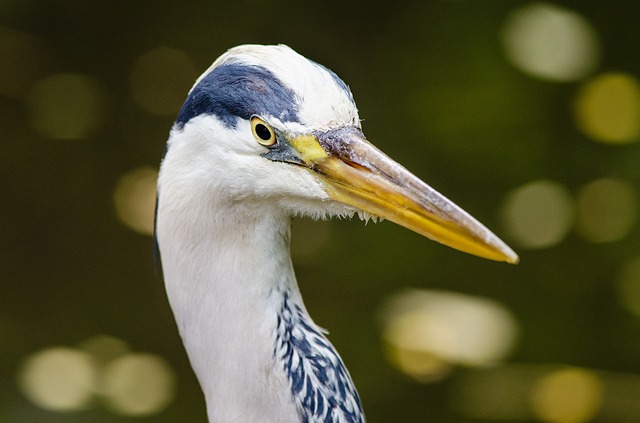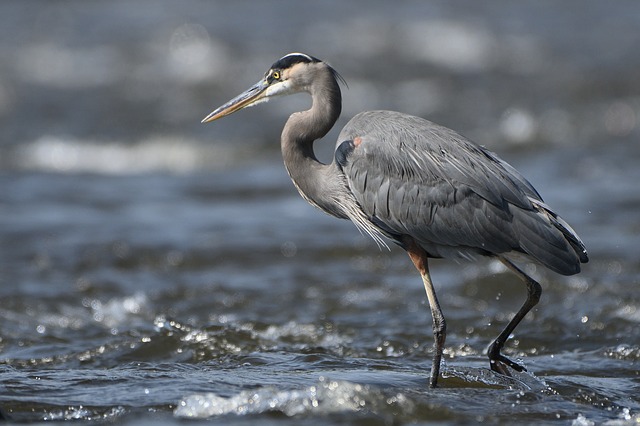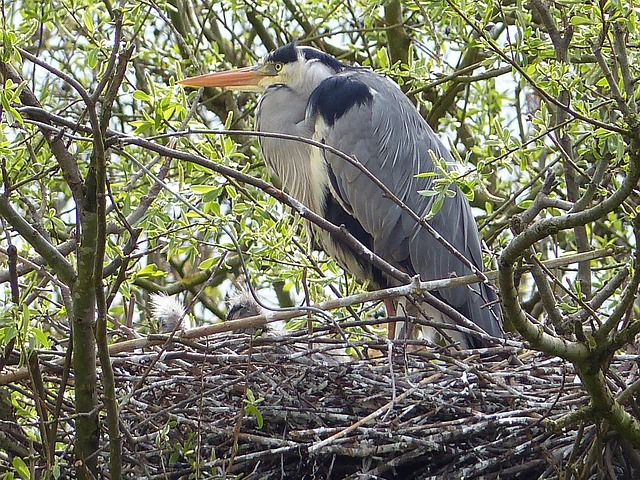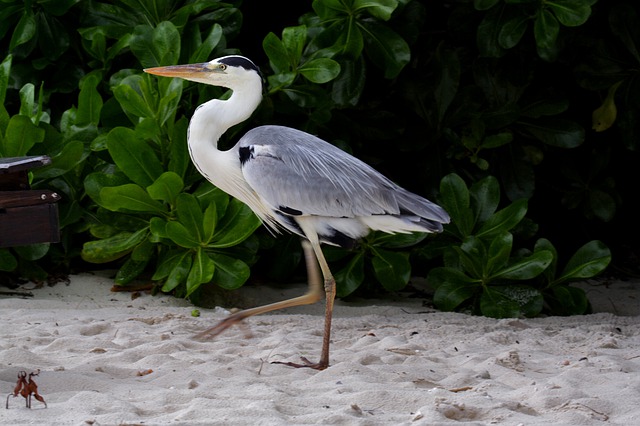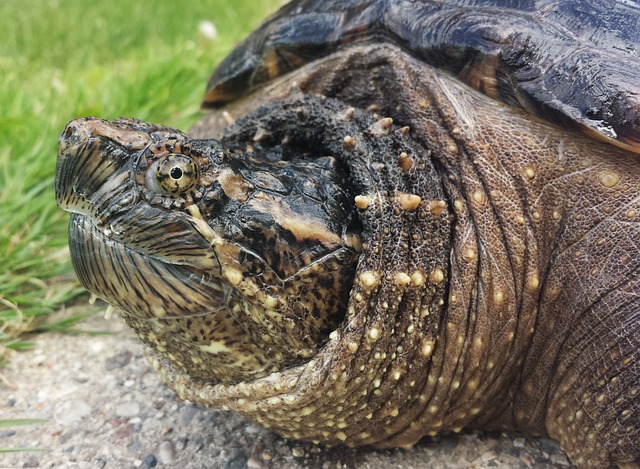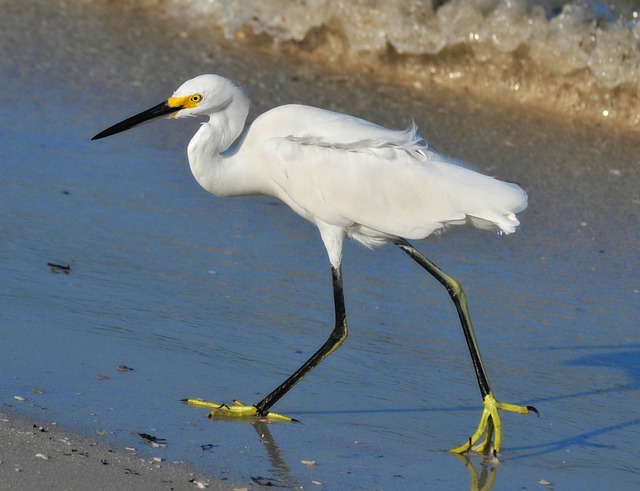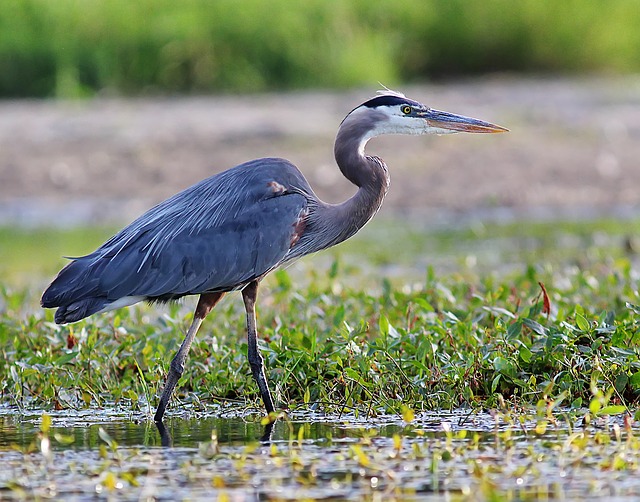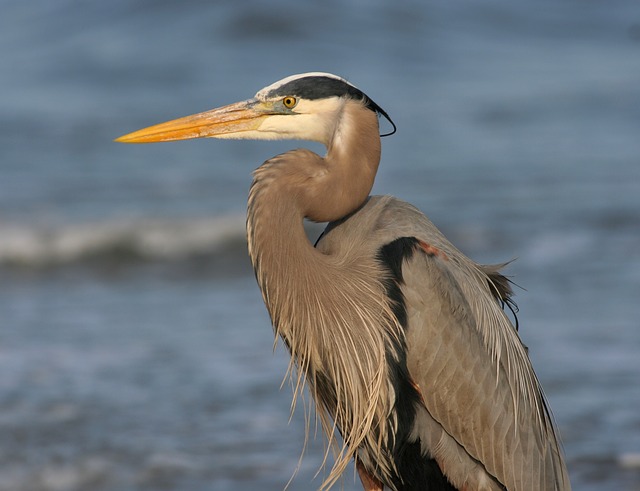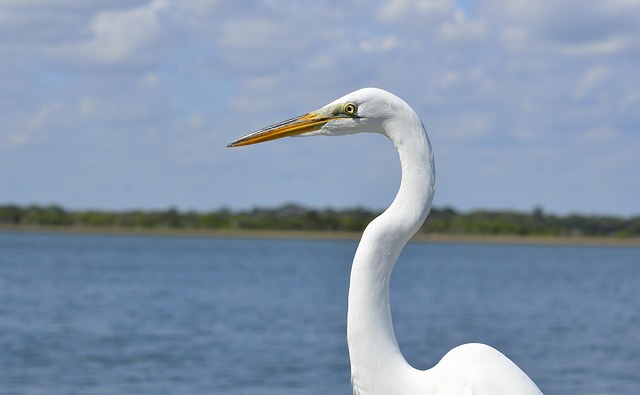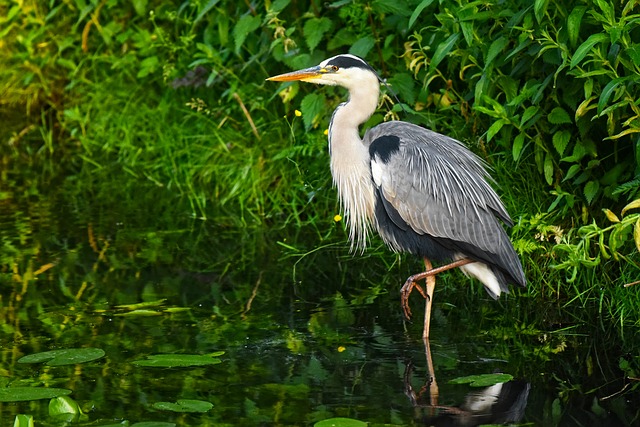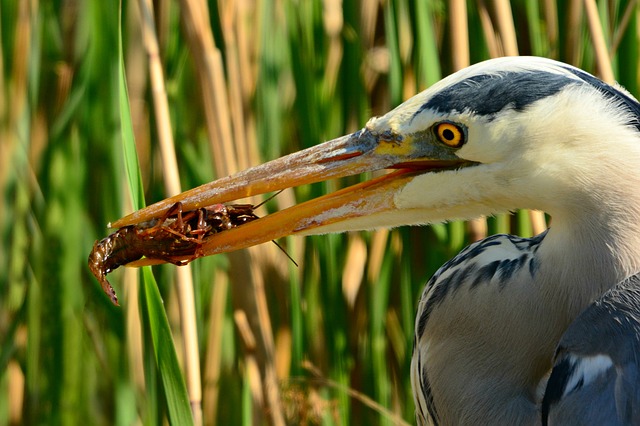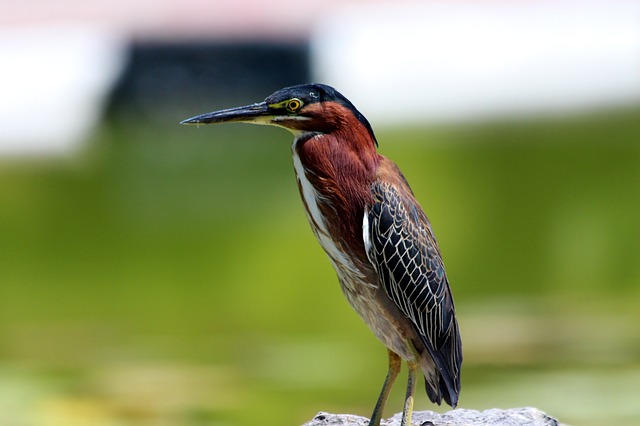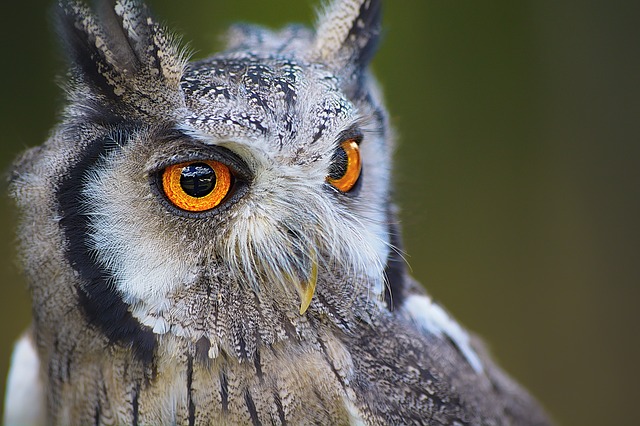
Owls are nocturnal birds of prey. These birds are known for their large eyes and ability to fly almost in total silence. But there are many other interesting things about them as well. Here are some of the most amazing owl facts.
The Biggest Owl In The World According To Length Is The Great Grey Owl
This species has a round face and a distinct white bow tie across its neck that has a black center. While it may be the largest owl, it’s not the heaviest. The great grey owl actually looks heavier than it is because of its fluffy feathers and long tail.
The Smallest Owl Species In The World Is The Elf Owl
This species typically only reaches a length of around five inches. The elf owl is also the lightest owl species in the world, weighing in at about one ounce. Unlike its larger relatives, the elf owl feeds mainly on insects.
Not All Owls Nest In Trees
Some species nest on top of the ground such as snowy owls and short-eared owls. Others such as the burrowing owl actually nest in underground burrows. Burrowing owls may dig their own burrows with their feet or move into those that have been abandoned by other animals like ground squirrels.
Owls Have Three Eyelids
This physical feature helps to keep their large eyes protected and it’s one of the more unusual facts about owls. Like most other animals they have both upper and lower eyelids. The upper eyelid closes when the bird blinks and the lower eyelid closes when it sleeps. Their third eyelid is known as a nictitating membrane. It closes diagonally over the eye functioning to both protect and clean the eye’s surface.
An Owl’s Feathers Help It To Camouflage
The markings and patterns on the feathers often look like tree bark. And they are dull in color so that they don’t stand out. Some species have feathers that stand upright on their heads and further break up their outline. When looking at pictures of owls, or owls in the wild that are well-camouflaged, the easiest way to spot them is usually to look for their large eyes.
Owls Regurgitate Food That Can’t Be Digested In The Form Of Pellets
When owls eat their prey they often swallow it whole. The soft tissue and other digestible parts are passed through their gizzard and digested. However, indigestible parts such as teeth, fur, and bones are formed into what are known as owl pellets. These pellets are regurgitated several hours after the prey is eaten and often when the owl is roosting. Several other types of birds spit up pellets as well such as herons, hawks, and swallows.
Owls Are Classified Into Two Families
All owl species belong to the group of birds known as strigiformes. This group is further divided into two families: tytonidae and strigidae. The tytonidae family is made up of the barn owls, which can be identified by their unique heart-shaped faces. The strigidae family includes the true owls also called the typical owls which normally have round-shaped faces.
Owls Don’t Have A Crop
A crop is a special sac, where a bird can store food after it is swallowed, and consume it later on. Most bird species have one. When owls eat, however, the food goes straight from the mouth to the gizzard where it becomes part of the digestive process.
Unlike Other Birds Of Prey Owls Typically Hunt Close To The Ground
This helps them to both hear and see their prey, especially when hunting at night. They hunt in a variety of ways including flying, hovering over prey, and swooping down from a perch. The burrowing owl will even run after its prey on the ground.
Owls Have The Ability To Rotate Their Heads Close To Two Hundred And Seventy Degrees Around
This special characteristic is not just one of the most interesting owl facts but it also gives them a big advantage. It helps them to minimize their movement and therefore keep their prey unaware of their presence. Owls can actually look behind their body without having to move their torso.
Start Shopping for Birding Supplies!
Raccoon Pictures
Raccoons are easily recognizable by their black face mask and ringed tail. And there are many fascinating things about this intelligent nocturnal species. So we’ve compiled some of the best raccoon pictures to show you just how amazing and unique they are. Raccoon...
Eagle Pictures
Eagles are large powerful raptors with sharp talons and beaks. These apex predators are typically at top of the food chain and there are many interesting things about them. So we’ve compiled some of the best eagle pictures to show you just how amazing they are. Bald...
Nutria Pictures
Nutria are large semi-aquatic rodents from South America. In the United States where they were originally imported for the fur industry, they are an invasive species. Despite their pest status, there are many interesting things about them. So here are some of the best...
Stork Pictures
Storks are tall wading birds with long legs and necks. These amazing birds have many fascinating things about them. And we’ve compiled some of the top stork pictures to help show you just how interesting and beautiful they are. White Stork The white stork has a body...
Alligator Pictures
The American alligator is a large predatory reptile that inhabits the southeastern United States. It’s a fascinating animal with many interesting things about it. And we’ve collected some of the best alligator pictures to help show you just how amazing they are....
How Long Do Great Blue Herons Live?
The life expectancy of birds is known to be closely related to their size. So as the biggest heron species in North America, how long do great blue herons live? The average life expectancy for these large birds is around fifteen years. However, surviving their first...
Where Do Great Blue Herons Live?
The great blue heron is considered to be the most widespread heron in North America. So exactly where do great blue herons live? Here’s what you’ll want to know. Great Blue Heron Range The great blue heron is found throughout most of the North American continent. In...
Where Do Great Blue Herons Nest?
While many of us have seen great blue herons their nesting habits often remain a mystery to most people. That’s because they purposely nest in hard-to-reach places. So where do great blue herons nest? Here’s the answer. A Colony Nester Typically great blue herons nest...
Do Great Blue Herons Migrate?
Do great blue herons migrate? This is something many people wonder about, especially if they’ve seen a heron during the cold winter months. And the answer is both yes and no. Here’s what you’ll want to know. Great Blue Heron Range The great blue heron has a large...
Great Blue Heron Pictures
Few species of birds are as tall, elegant, and attractive as the great blue heron. So we’ve compiled some of the best great blue heron pictures for you to admire and help you to learn more about this amazing bird! Great Blue Heron Head The head of the great blue heron...
What Do Snapping Turtles Eat?
Many people are familiar with the fact that snapping turtles have an incredibly strong bite. They use their strong jaws and sharp beak not just for defense but also for catching food. So what do snapping turtles eat? Here's what you'll want to know. Snapping turtles...
Birds That Look Like Egrets
Egrets are predatory birds that hunt and live in a range of both freshwater and saltwater habitats. These birds are usually white, and have S-shaped necks, long legs, and dagger-like beaks. However, they are often mistaken for several other types of birds that look...
Birds That Look Like Storks
Storks are large wading birds with robust bills and long legs. These tall carnivorous birds are well-known for their wide wingspans and also for building huge nests. However, they are often confused with several other bird types that have a similar appearance. So...
Birds That Look Like Herons
Herons are tall birds with long slender legs and necks. And they often wade in the water when hunting for food. Yet there are several other types of birds that may be mistaken for them. To make things more confusing many of these birds also spend time in the water and...
Great Blue Heron Facts
The great blue heron is named for its size and the grey-blue color on its wings, stomach, and back. This species has many fascinating things about it. So here are the top great blue heron facts. It's The Largest North American Heron The great blue heron is a big bird...
Are There White Herons?
Are there white herons? This is something many people wonder especially after seeing a tall all-white bird. The answer is yes! And here’s a fast introduction to them. A White Color Morph Most people are familiar with the great blue heron, a large predatory and...
Great White Heron Facts
While many people are familiar with the great blue heron, they are often surprised to find out that there’s also a great white heron. There are many things you’ll want to know about this stunning bird. So here are the top great white heron facts. The Great White Heron...
What Animals Eat Herons?
Because of their size and long sharp beaks, it can be hard to imagine that herons have any natural predators. While they do, they definitely don’t have nearly as many predators as most other types of birds. So what animals eat herons? Predators Of Adult Herons For...
What Do Herons Eat?
Great blue herons are often seen slowly wading in shallow water hunting for food. You may have even spotted one of these large birds in your own backyard pond. This leaves many people wondering: “What do great blue herons eat?” And here’s everything you’ll need to...
What Do Green Herons Eat?
The green heron is a secretive and small heron species. What it lacks in size however it makes up for in intelligence. It is particularly well-known for how it uses its smarts when hunting for food. So what do green herons eat? Read on to find out. Meet The Green...
